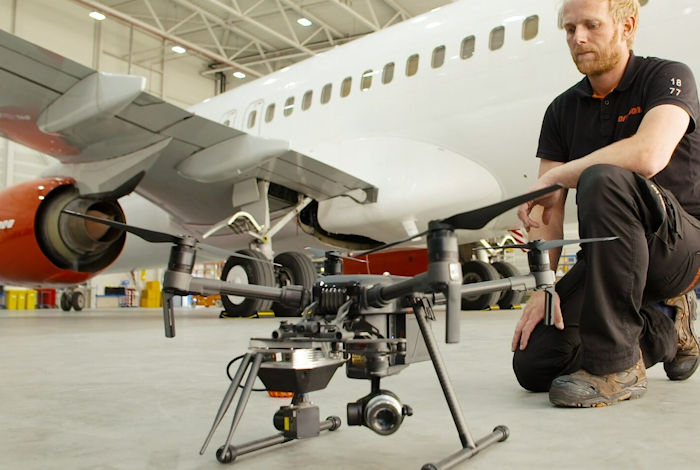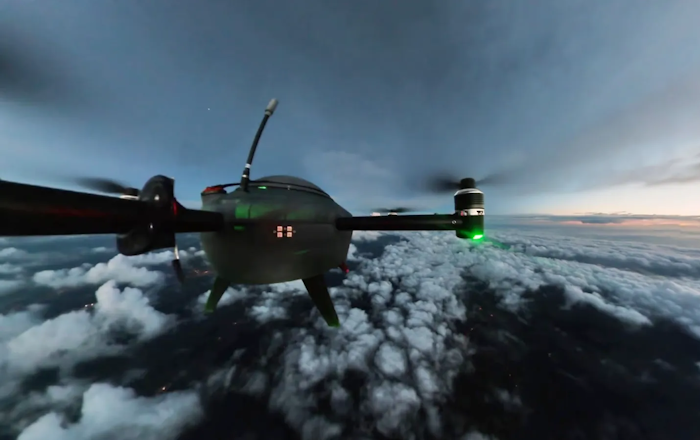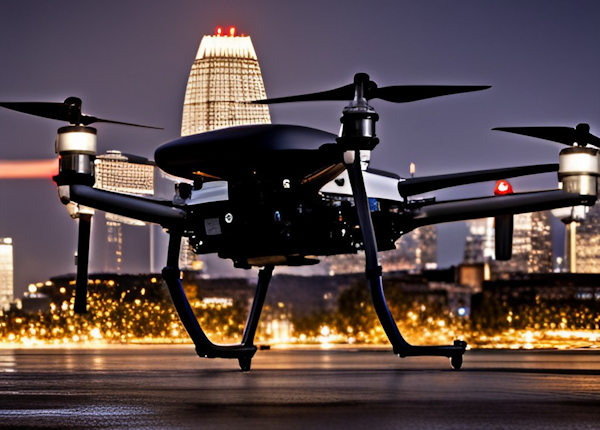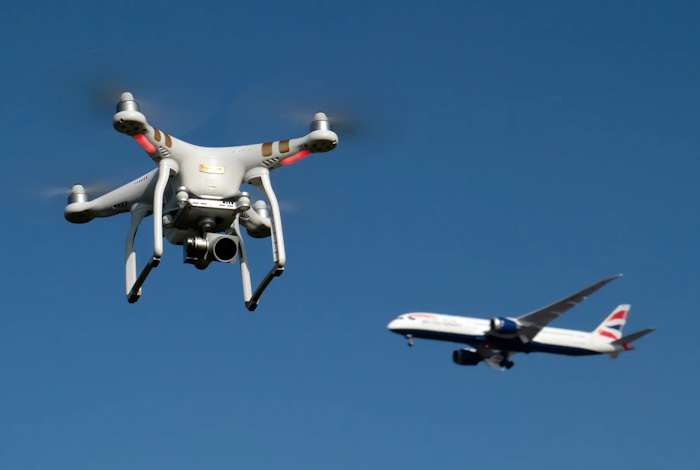Unmanned Aerial Vehicles (UAVs), sometimes known as drones, have quickly carved out a niche in a variety of industries, revolutionizing how jobs are completed. Airport operations are one industry that has seen significant upheaval as a result of these aerial marvels. UAVs have not only sped up traditional processes, but they have also provided novel solutions that have improved effectiveness, security, and sustainability for the environment.
Inspection and Maintenance
UAVs with improved cameras and sensors have become crucial tools for surveying airports and taxiways. Instead of sending workers out onto the tarmac, drones can inspect runway conditions swiftly and safely, spotting possible risks such as cracks, debris, or wildlife invasions.

This drastically lowers maintenance downtime and improves overall safety. Air Canada uses UAVs equipped with modern cameras and sensors to maintain runway safety, save downtime, and improve overall airport operations.
Weather Monitoring and Passenger Services
UAVs are improving passenger services in addition to their operational functions. Drones, for example, can provide instantaneous data on aircraft delays, gate shifts, and luggage status. Some airports have even tried using drones to carry food or retail items to travelers in departure lounges.

The weather has a considerable impact on airport operations. Weather-equipped UAVs can collect real-time data, allowing airports to make educated decisions about ground operations, aircraft scheduling, and passenger safety.
Airfield Safety
The safekeeping of airport boundaries and gates is of the utmost importance. UAVs with thermal imaging and nighttime vision capabilities add an added layer of security by scanning sensitive locations, detecting breaches, and enabling security teams to take action quickly.

United Airlines uses innovative UAV technology to improve airport security, including thermal imaging and night-time vision capabilities for increased perimeter protection.
Bird Control and Emergency Response
Bird groups pose a risk to airlines during takeoff and landing. Non-lethal means, such as acoustic barriers or laser technology, can be used to disperse groups of birds, lowering the chance of crashes and damage.

UAVs equipped with specialized technology can provide immediate alerts in the case of an aircraft issue or emergency. They can assess damage rapidly, locate survivors, and relay important data to ground teams, speeding up response efforts.
Cargo Transport
UAVs are also being investigated for use in cargo transportation within airport grounds. This can improve logistics by streamlining the transportation of products and reducing congestion.
Airports are increasingly under pressure to lessen their environmental impact. UAVs can track pollutants, noise levels, and wildlife habitats, assisting in the deployment of sustainable practices and maintaining regulatory compliance.





